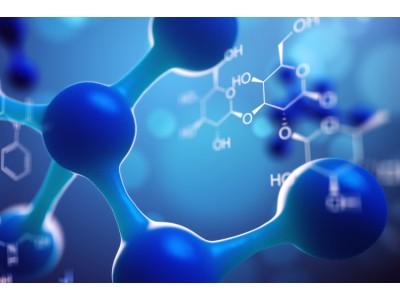| Bioactivity | Parbendazole is a potent inhibitor of microtubule assembly, destabilizes tubulin, with an EC50 of 530 nM, and exhibits a broad-spectrum anthelmintic activity. | ||||||||||||
| Target | EC50: 530 nM (tubulin) | ||||||||||||
| Invitro | Parbendazole is a tubulin destabilizer, with an EC50 of 530 nM, and can induce DNA damage[1]. Parbendazole (2-10 μM) inhibits the assembly of microtubules dose-dependently, with an IC50 of 3 μM. Parbendazole (2-20 μM)-treated cells show an complete absence of microtubules in Vero cells[2]. Parbendazole (up to 10 μM) inhibits the growth of CLd-AXE myxamoebae. Parbendazole (2-5 μM) potently inhibits tubulin purified from the wild-type myxamoebae[3]. | ||||||||||||
| Name | Parbendazole | ||||||||||||
| CAS | 14255-87-9 | ||||||||||||
| Formula | C13H17N3O2 | ||||||||||||
| Molar Mass | 247.29 | ||||||||||||
| Appearance | Solid | ||||||||||||
| Transport | Room temperature in continental US; may vary elsewhere. | ||||||||||||
| Storage |
|
||||||||||||
| Reference | [1]. Lo YC, et al. Computational Cell Cycle Profiling of Cancer Cells for Prioritizing FDA-Approved Drugs with Repurposing Potential. Sci Rep. 2017 Sep 12;7(1):11261. [2]. Havercroft JC, et al. Binding of parbendazole to tubulin and its influence on microtubules in tissue-culture cells as revealed by immunofluorescence microscopy. J Cell Sci. 1981 Jun;49:195-204. [3]. Foster KE, et al. A mutant beta-tubulin confers resistance to the action of benzimidazole-carbamate microtubule inhibitors both in vivo and in vitro. Eur J Biochem. 1987 Mar 16;163(3):449-55. |

Parbendazole
CAS: 14255-87-9 F: C13H17N3O2 W: 247.29
Parbendazole is a potent inhibitor of microtubule assembly, destabilizes tubulin, with an EC50 of 530 nM, and exhibits
Sales Email:peptidedb@qq.com
This product is for research use only, not for human use. We do not sell to patients.